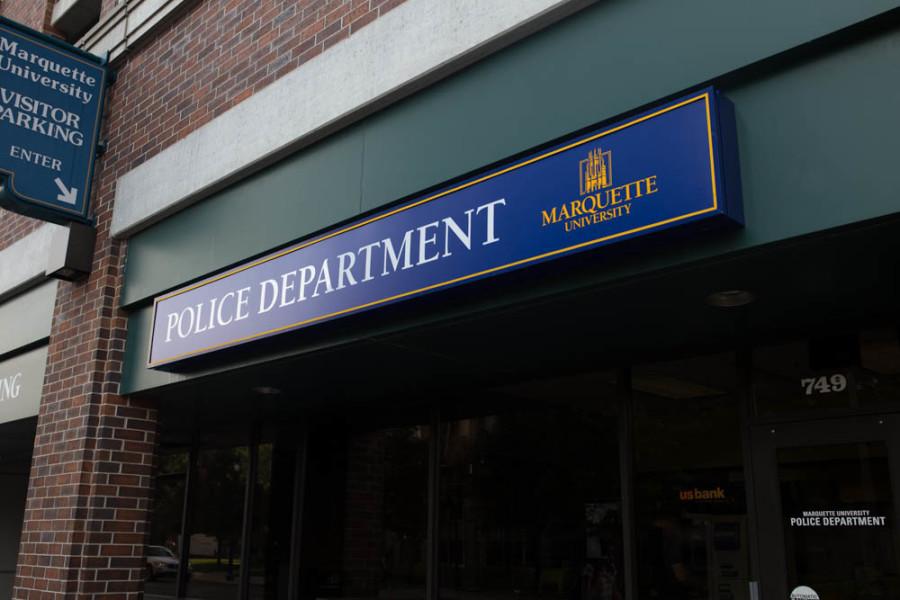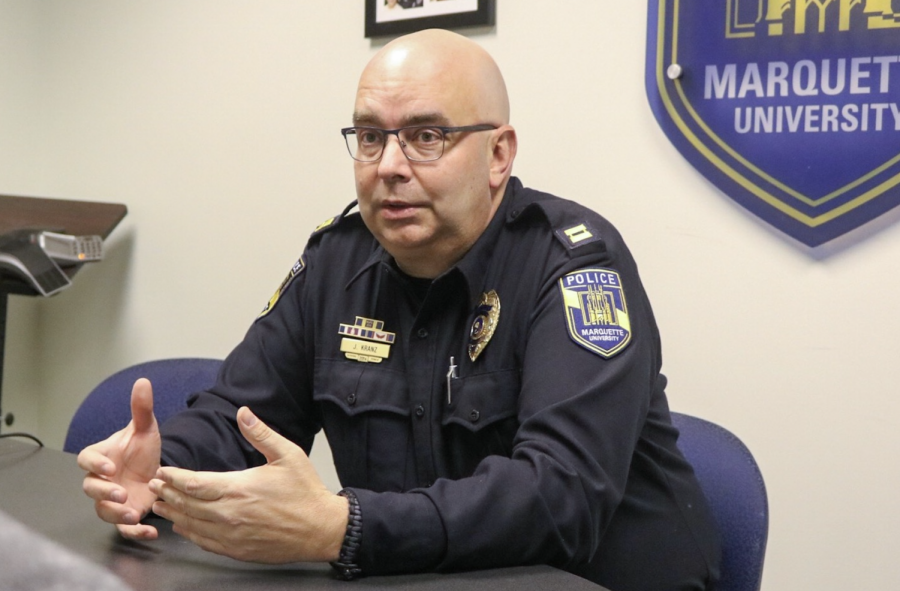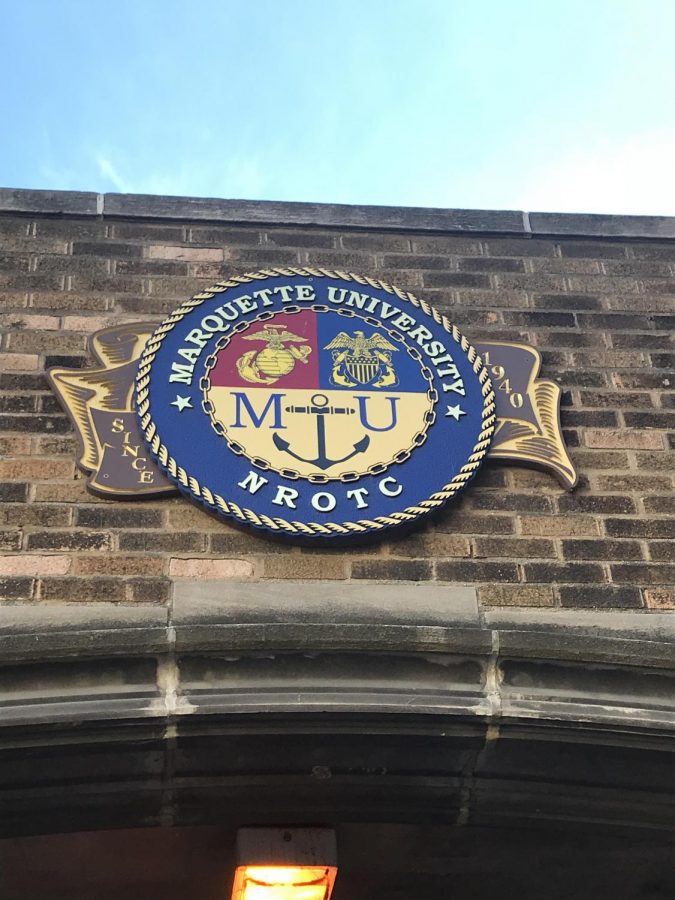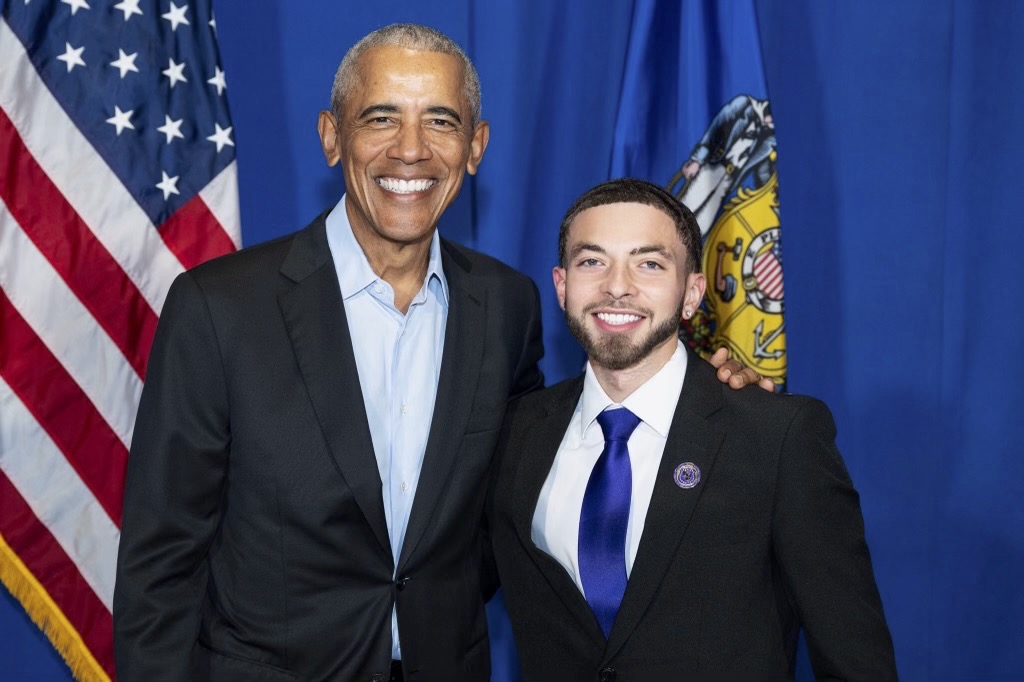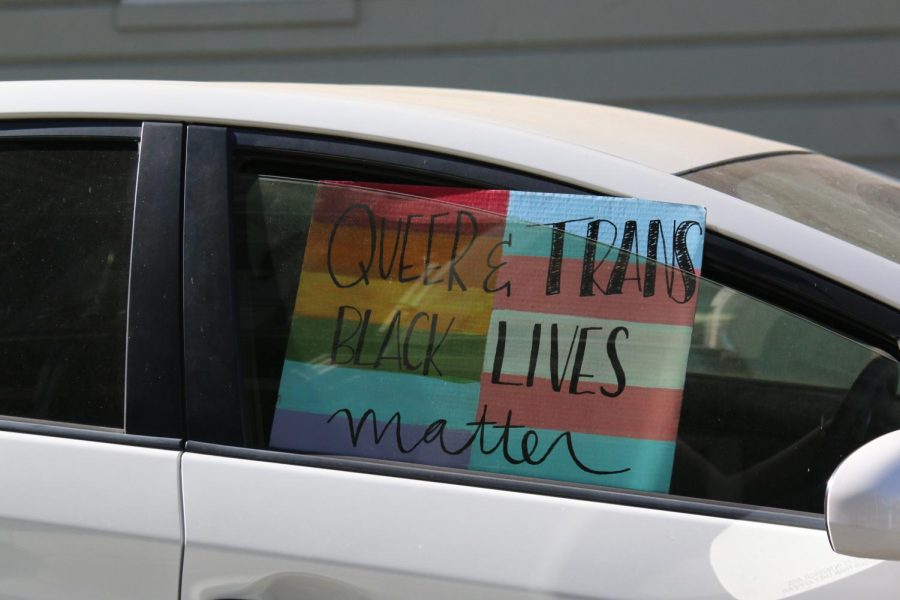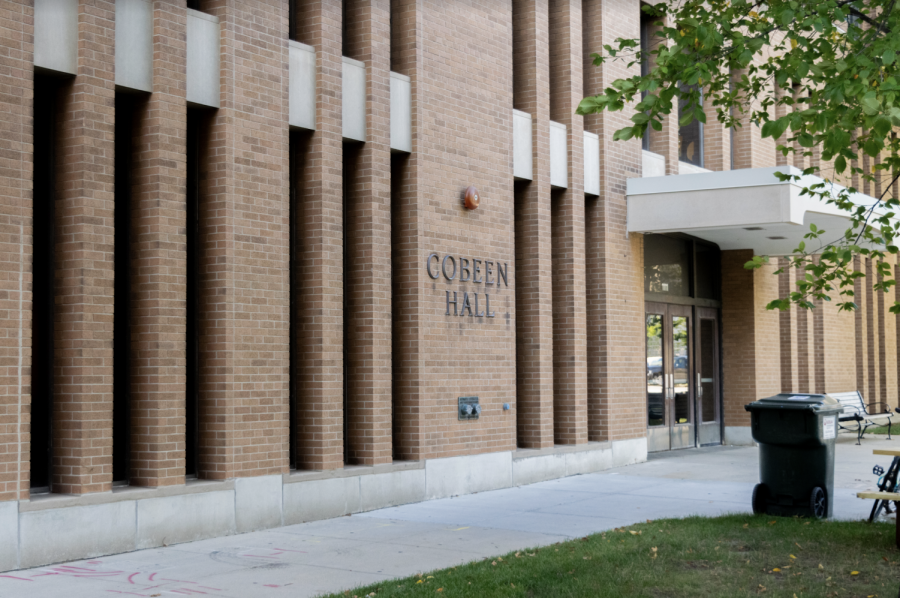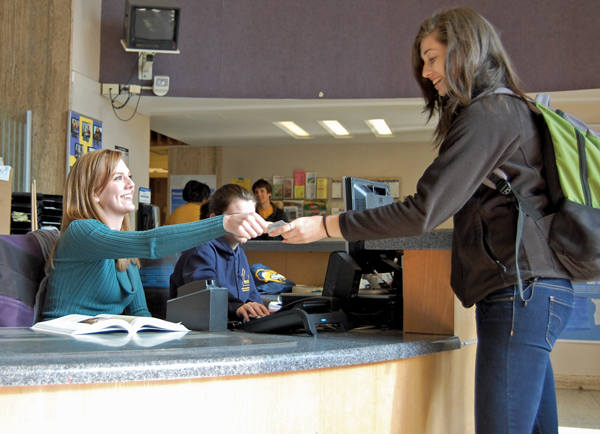Student safety sessions in preparation for the possibility of a campus shooting might be coming in the near future, said Marquette Police Department Chief Paul Mascari and MUPD Captain Jeff Kranz.
Marquette instructors and on-campus organizations can ask to do campus shooting safety training but it isn’t required. Active shooter drills are done at the University of Wisconsin-Madison.
There have been 142 school shootings, defined as any incident where a firearm is discharged inside a school building or on a campus, since 2013, according to Vox. Since President Barack Obama was elected into office in 2008, there have been over 15 mass shootings that caused him to address the nation and share his condolences.
MUPD urged students, faculty and members of the community to not feel panicked about dangerous situations.
“Think of it as a fire drill,” Kranz said about the possibility of a campus shooting. “You remember in grade school you had fire drills all the time where you would line up on the playground. Were you afraid of fire? No, because you prepared for it.”
Kranz and Mascari said there are three successful and logical options people should choose if an active shooter were to enter a room: run, hide or fight. They said no one option is better than another.
“You have to assess the situation yourself based on the information because what might be right for people on one part of campus to do might not be right on the other part,” Mascari said.
Mascari also said MUPD’s most important job, other than neutralizing the shooter and giving help, is getting information out to students and the community so they can accurately assess the situation.
“While I think you can lock down a high school, a large, urban, college campus can’t be locked down, so people need to take the necessary steps to protect themselves wherever they are,” Mascari said. “And that’s really an individual decision.”
Criminology and Law Studies Professor Michael Krzewinski said awareness is a key factor in preventing or neutralizing a dangerous situation.
“Students and faculty being observant and suspicious could prevent traumatic events from happening,” Krzewinski said. “Better for the suspicion to be false after investigation than to do nothing and something occurs.”
Kranz previously worked with the Milwaukee Police Department for more than 26 years, where he put together its original active shooting protocol and training.
“Analysis is constant,” Kranz said. “They are constantly looking at (school shootings), seeing what the response was to them, and looking as to how they can improve that. The responses are so massive that you have to work together.”
Marquette was equipped to handle a campus shooting before MUPD became a police force this year. Both MUPD and Department of Public Safety officers, who still work on campus, practice drills and go through training at least twice a year.
A pamphlet called Emergency Procedure Guide is available in every classroom and online. It outlines how to deal with everything from a chemical spill to an active shooter.
“It’s a survivable event as long as people have some form of a plan to survive,” Kranz said. “And that is what our education is right now, to show people and tell them how to keep themselves safe during these events.”


